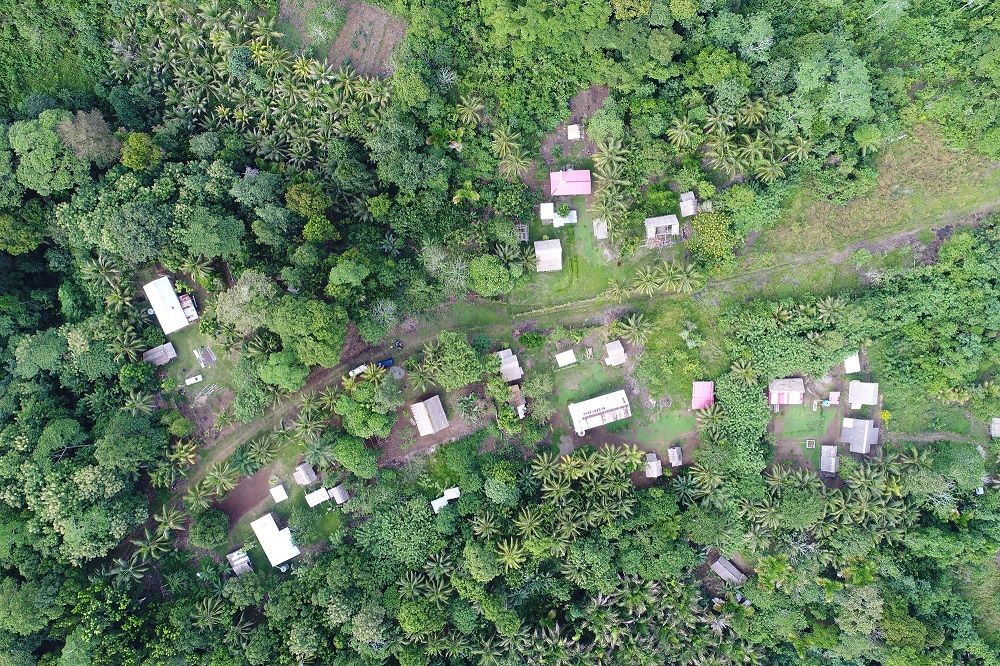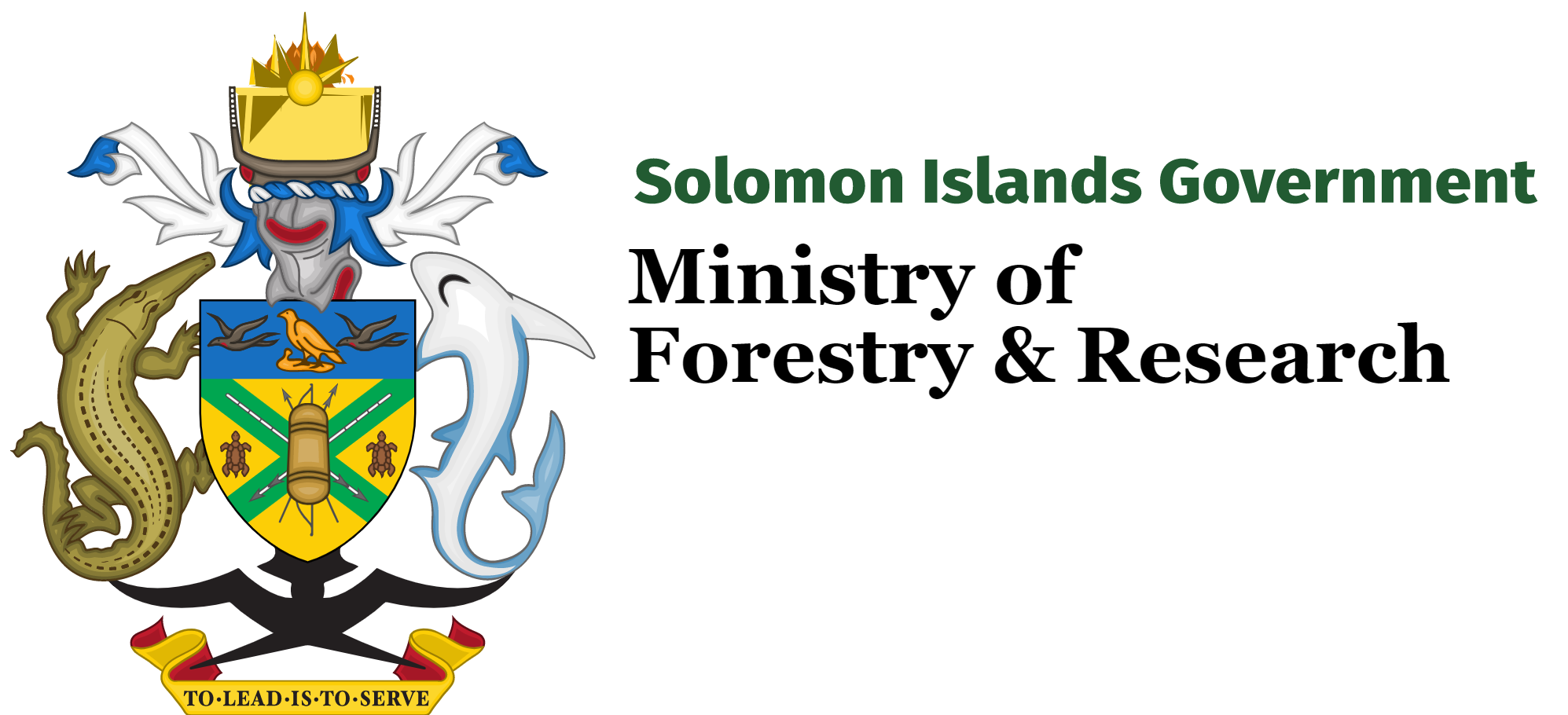Six distinct vegetation or forest types are distinguished in Solomon Islands, which vary in magnitude from one province to another, and reflect the geological formation, ranging from acidic volcanic origin in the bigger islands to alkaline limestones in low-lying atolls. The range and types of plant species present is fairly similar between islands despite their geographical spread. These are, however, affected by six factors: soil type (based on parent rock), climate (e.g. rainfall and temperature), topographical features, altitude, natural catastrophes (cyclone and earthquakes), and human activities.
The six vegetation types are: lowland rainforest, hill forests, montane forests, freshwater swamp and riverine forests, saline swamp forests, and grassland and other non-forest areas:
(a) Grassland and other non-forest areas :
comprise predominantly non-tree species, mainly herbaceous species. Predominant species include Imperata cylindrica, Dicranoptera linearis and Themeda australis. Examples of commonly occurring species are Mimosa invisa, Morinda citrifolia, Saccharum spontaneum, Polygala paniculata and Timonius timon. Some of these species (e.g. M. invisa) are very common in disturbed areas.
(b) Saline swamp forests :
are subject to tidal influence as they are found in estuaries and foreshores. Examples of species comprising this vegetation include Barringtonia asiatica, Calophyllum inophyllum, Casuarina equisetifolia, Terminalia catappa, Intsia bijuga, Inocarpus fagifer, Pandanus spp., Barringtonia racemosa and species of mangroves. This grup of species is also known as the ‘Indo-Pacific Strand Flora’ (Whitmore 1966).
(c) Freshwater swamp and riverine forests :
are commonly found in poorly drained land at low altitudes with little micro-relief. Species such as Inocarpus fagifer, Mextroxylon salomonense, M. sagu, Barringtonia racemosa are found here, although some important timber species are also present (e.g. Terminalia brassii and Dillenia salomonensis).
(d) Lowland rainforests :
include forests at altitudes up to 5-70 m, often with complex structure due to greater number of species from upper or hill forest and patches of freshwater swamp forest. Occasional cyclones and human activities often disturb this forest type as evident in a high incidence of re-growth and secondary species. Species predominant in this vegetation include timber species such as Campnosperma brevipetiolata, Dillenia salomonensis, Endospermum medullosum, Parinari salomonensis, Terminalia calamansanai, Schizomeria serrata, Maranthes corymbosa, Pometia pinnata, Gmelina moluccana, Elaeocarpus sphaericus and Vitex cofasus. Most indigenous fruit trees are also found in this forest including Canarium spp, Syzygium malaccensis, Magnifera minor, Spondius dulce, Barringtonia procera, B. edulis, Artocarpus altilis, Gnetum gnemon, and Burkella obovata.
(e) Hill forests :
occur at altitudes of 400–00 m and on well-drained soils and exhibit complex structure with varying tree heights and canopy density. Some species in the lowland forest are also present here, as well as those species commonly found in the montane forest. Species forming this forest include Pometia pinnata, Gmelina moluccana, Elaeocarpus sphaericus, Campnosperma brevipetiolata, Dillenia salomonensis, Endospermum medullosum, Parinari salomonensis, Terminalia calamansanai, Schizomeria serrata, Maranthes corymbosa, and Vitex cofasus. Fruit tree species such as Canarium spp., Gnetum gnemon and Artocarpus altilis are also present.
(f) Montane forests :
refer to forests found generally above 600 m, on ridge tops and mountain summits, but can be found in lower elevations under harsher conditions. These are characterised by a dense and compact canopy with small lighter tree crowns. Species in this forest type include Callophyllum kajewskii, Callophyllum pseudovitiense, Eugenia spp., Dacrydium spp., Pandanus spp., Racembambos scandens and ferns.










